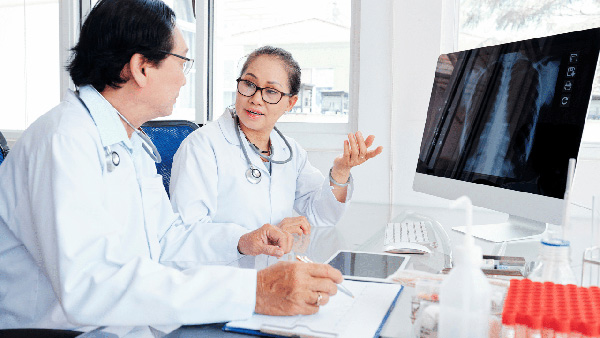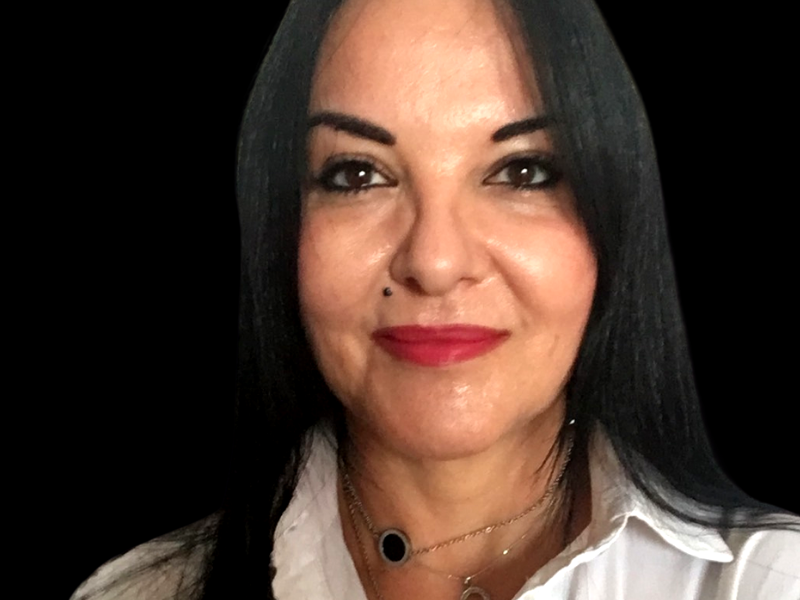
Prof. Sophia Schiza – Head of Assembly 4
Q: As Head of Assembly 4, what are you most looking forward to about this year’s ERS Congress?
Healthy sleep is one of the most important aspects of quality of life. Sleep disordered breathing (SBD) affects 9–13% of the population, with significant sex differences having major health impact; therefore, early recognition, diagnosis, risk stratification and individualised therapeutic plans are necessary towards patient-related outcomes and effective reduction of disease burden. We are facing huge changes in our understanding of pathophysiology and consequences, but also new therapeutical options for SBD along with a new ERS Statement, which we are excited to share and discuss. I am excited to discuss these aspects with clinicians and scientists from all over the world.
Q: What in your opinion will be the hot topics for sleep disordered breathing?
SBD is closely associated with heart, circulation and cognition, with significant sex differences contributing to the burden of the disease; therefore, we are looking forward to hearing about new markers in obstructive sleep apnoea (OSA) and if and how they reflect the burden of disease in children and adults; how understanding disease variability can impact on the management of OSA and how sex differences in sleep-disordered breathing influence diagnostics and treatment recommendations. The state-of-the-art sessions will present a new ERS Statement on the treatment of central sleep apnoea (CSA) with adaptive servo-ventilation, discussing the need to revise the previous recommendations, the new treatment options for CSA, and updating participants on the optimal treatment of patients with CSA.
Another hot topic will be the link also between obesity and sleep and breathing disturbances. The many new findings on the pathophysiological mechanisms between obesity and different lung dysfunctions will also be discussed in a pre-congress webinar. Finally, our postgraduate course, oral presentations, and thematic poster sessions will be great opportunities for networking and discussing the recent research developments in our field.
Q: Tell us your top three picks from the Congress programme?
1. State of the art session – Central sleep apnoea: from pathophysiology over phenotypes to updated treatment recommendations. New recommendations for the treatment of central sleep apnoea
Sunday 28 September, 15:30–17:00 CEST
A great opportunity to discuss the new ERS Statement and how we can now proceed with the treatment of CSA in heart-failure patients towards patient-reported outcome measures.
2. Symposium – New markers in obstructive sleep apnoea: do they reflect the burden of disease in children and adults?
Tuesday 30 September, 13:45–15:15 CEST
This symposium will critically discuss apnoea-hypopnea index biomarkers and their utility in accurate disease severity categorisation, risk stratification, proper therapeutic plan, and adherence.
3. Mini Symposium – Sex differences in sleep disordered breathing: how do they influence diagnostics and treatment recommendations?
Tuesday 30 September, 15:30–17:00 CEST
This mini symposium will reveal the importance of sex differences in all the aspects of SBD, the existing gaps for females with OSA from screening to diagnosis, to cardiovascular risk and outcomes, and what is needed to be done. Importantly, patients testimonies will be included and discussed.
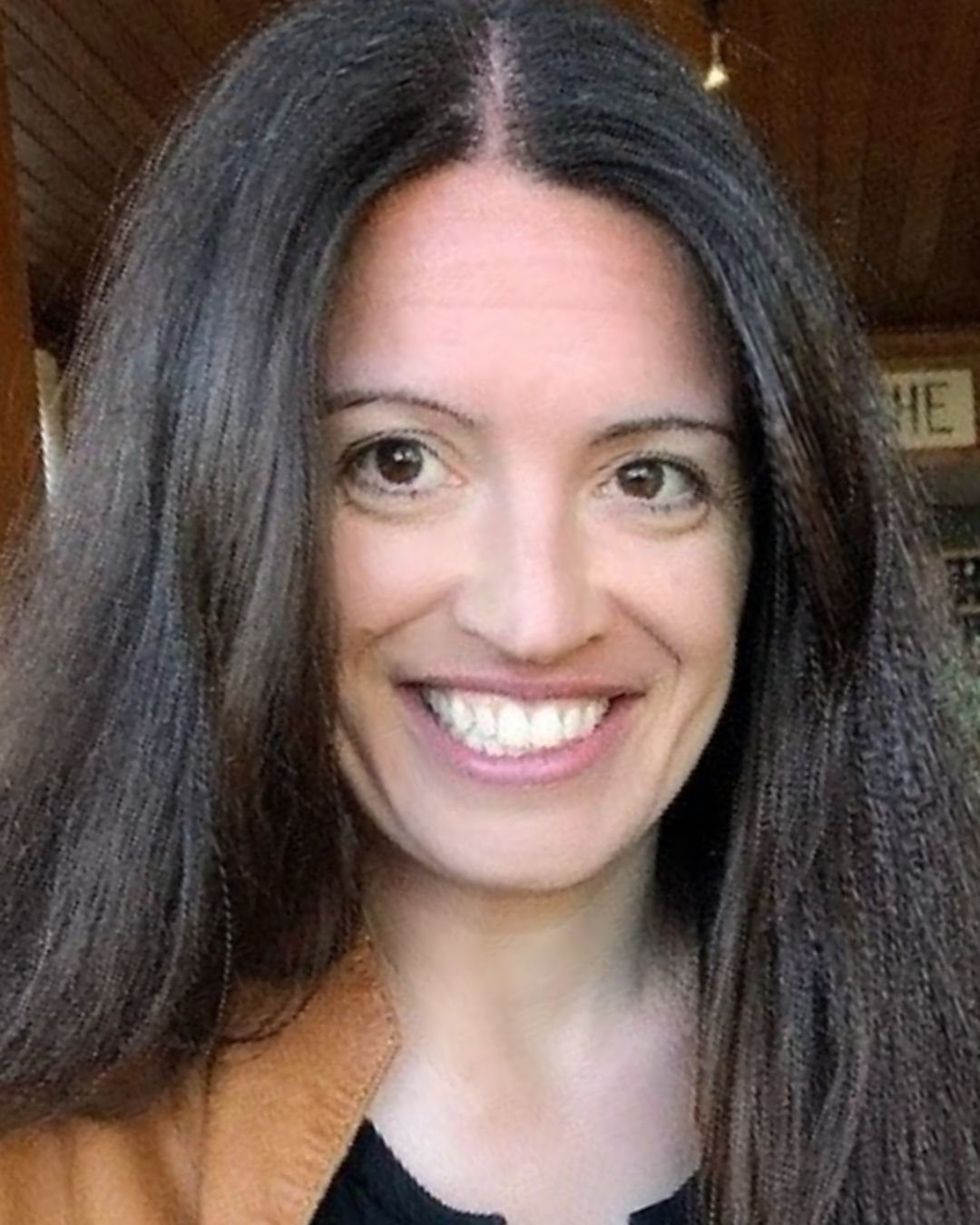
Prof. Dr Esther Irene Schwarz – Secretary of Assembly 4
Q: As Secretary of Assembly 4, what are you most looking forward to about this year’s ERS Congress?
Most of all, I am looking forward to seeing my international community again and to advancing our joint research projects, task forces, educational activities, and exchanging new ideas. The annual Congress is a great opportunity to launch important projects and exchange ideas with colleagues.
Q: What in your opinion will be the hot topics for sleep disordered breathing?
The most important session is probably the state-of-the-art session dedicated to CSA. We have just published an ERS and ESRS Statement on adaptive servo-ventilation in CSA, and the American Academy of Sleep Medicine will soon publish a clinical practice guideline on CSA, both of which will lead to changes in current practice, particularly in the treatment of CSA with Cheyne-Stokes breathing in heart failure. This is an important development that will be discussed at the ERS Congress.
Q: Tell us your top three picks from the Congress programme?
1. Hot topics – Understanding disease variability and its impact on the management of obstructive sleep apnoea
Sunday 28 September, 13:45–15:15 CEST
Personally, I am looking forward to the symposium on OSA disease variability, which will highlight not only night-to-night variability in OSA severity, but disease variability beyond that.
2. State of the art session – Central sleep apnoea: from pathophysiology over phenotypes to updated treatment recommendations. New recommendations for the treatment of central sleep apnoea
Sunday 28 September, 15:30–17:00 CEST
This session will highlight the current evidence base and lead to practice change in CSA in heart failure.
3. Mini Symposium – Sex differences in sleep disordered breathing: how do they influence diagnostics and treatment recommendations?
Tuesday 30 September, 15:30–17:00 CEST
This mini symposium is on a topic that is particularly close to our hearts as an assembly.
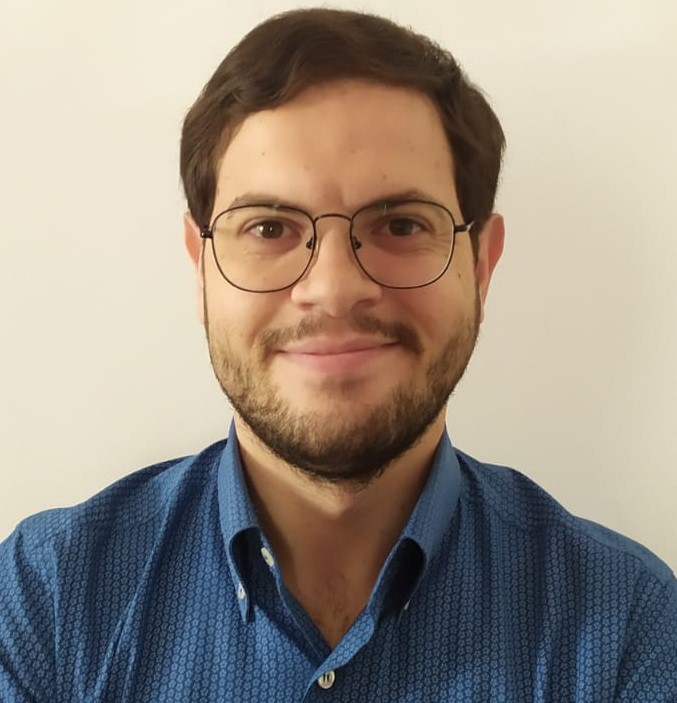
Dr Matteo Siciliano – Early Career Member Representative of Assembly 4
Q: As Early Career Member Representative of Assembly 4, what are you most looking forward to about this year’s ERS Congress?
As every year, I’m really looking forward to reconnecting with many friends and colleagues from across Europe and beyond! On the first day of Congress, 27 September, the highlight will be the NEXT Programme, a full-day main event designed to foster networking and the exchange of experiences among ERS Early Career Members. I’m also excited to attend all the sessions organised by my assembly. In particular, I’m especially looking forward to the Assembly Members’ Meeting on 30 September, where we will have the chance to come together, share insights, and present the outcomes of the hard work behind our many initiatives.
Q: In your opinion, what will be the highlights for ECMs in Assembly 4 during the ERS Congress?
One of the best things about the ERS Congress is the chance to enjoy a wide variety of sessions not only those organised by Assembly 4, but also in collaboration with other assemblies. This gives ECMs a more complete view of the challenges and developments in respiratory medicine. I really hope ECMs will stop by, chat, and ask how they can get involved. We are always happy to welcome new ideas and active members.
Q: Tell us your top three picks from the Congress programme?
1. State of the art session – Central sleep apnoea: from pathophysiology over phenotypes to updated treatment recommendations. New recommendations for the treatment of central sleep apnoea
Sunday 28 September, 15:30–17:00 CEST
This session focusses on an issue heavily debated in the last few years and there will surely be some interesting news and updates.
2. Mini Symposium – Sex differences in sleep disordered breathing: how do they influence diagnostics and treatment recommendations?
Tuesday 30 September, 15:30–17:00 CEST
This mini symposium dives into the gender differences in sleep and breathing disorders that we still do not know enough about. These differences really matter when it comes to symptoms and treatment, and the session will highlight what we need to learn next. It is great chance to hear from experts and join the conversation.
3. The numerous poster sessions and oral presentations that offer researchers a valuable opportunity to present their work in depth, engage in interactive discussions, receive direct feedback, and explore potential avenues for collaboration.
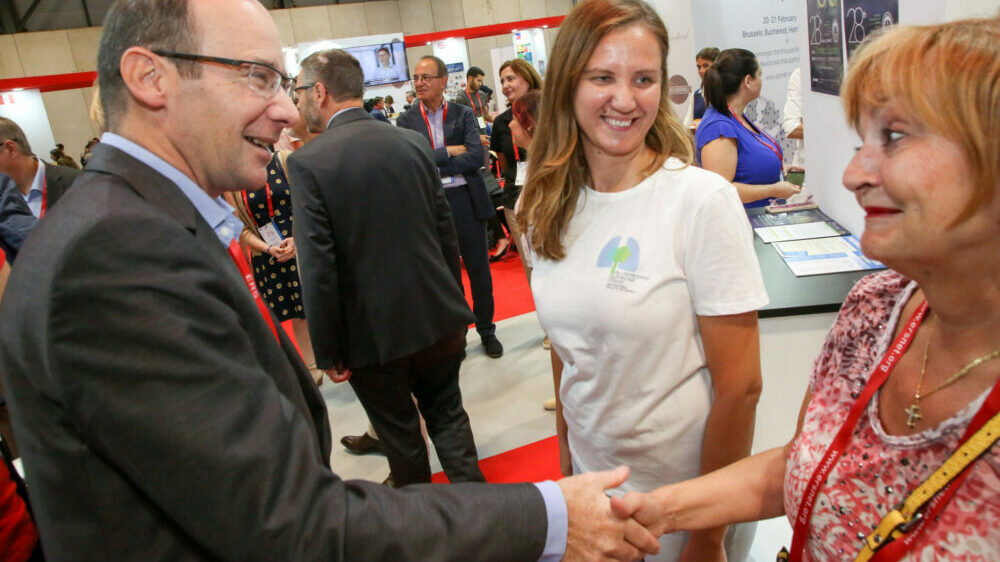
 ERS Respiratory Channel
ERS Respiratory Channel
 ERS Respiratory Channel
ERS Respiratory Channel


